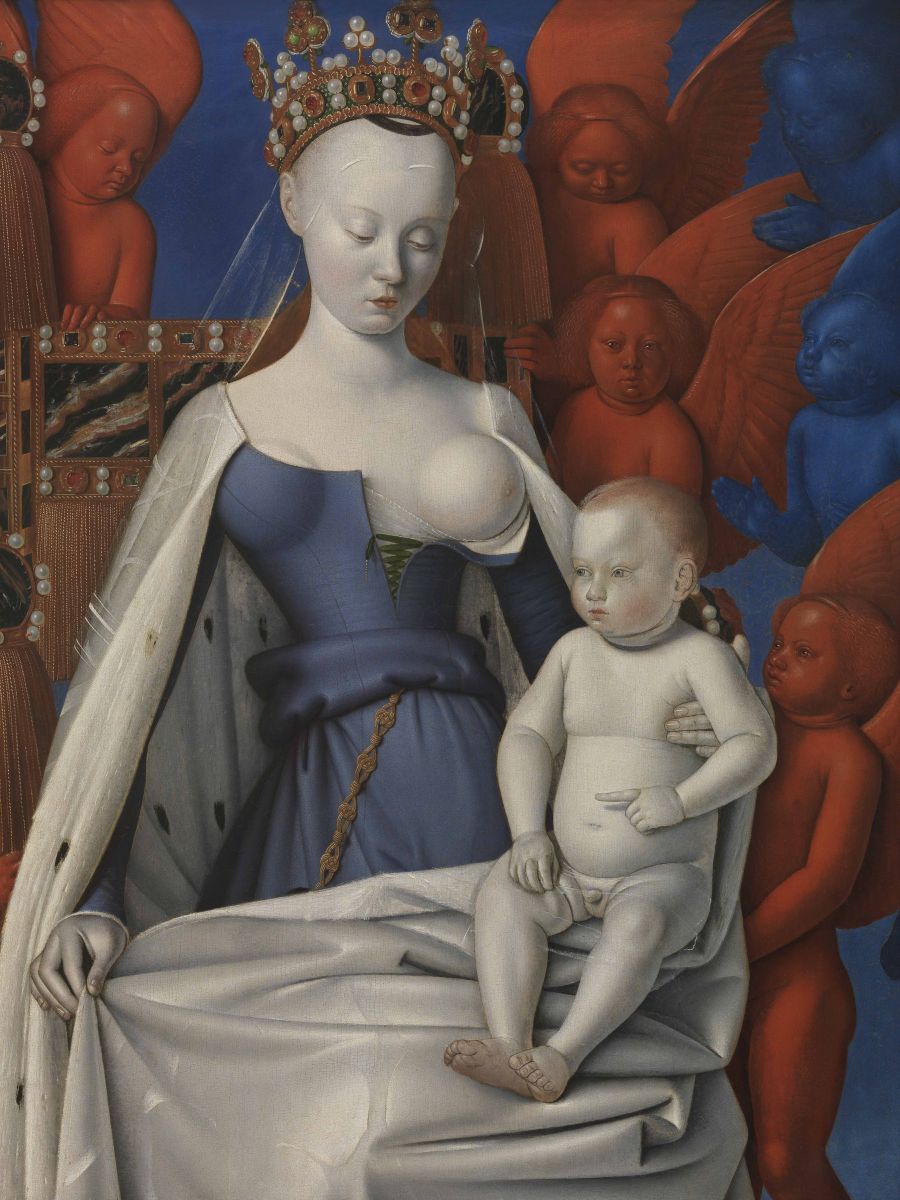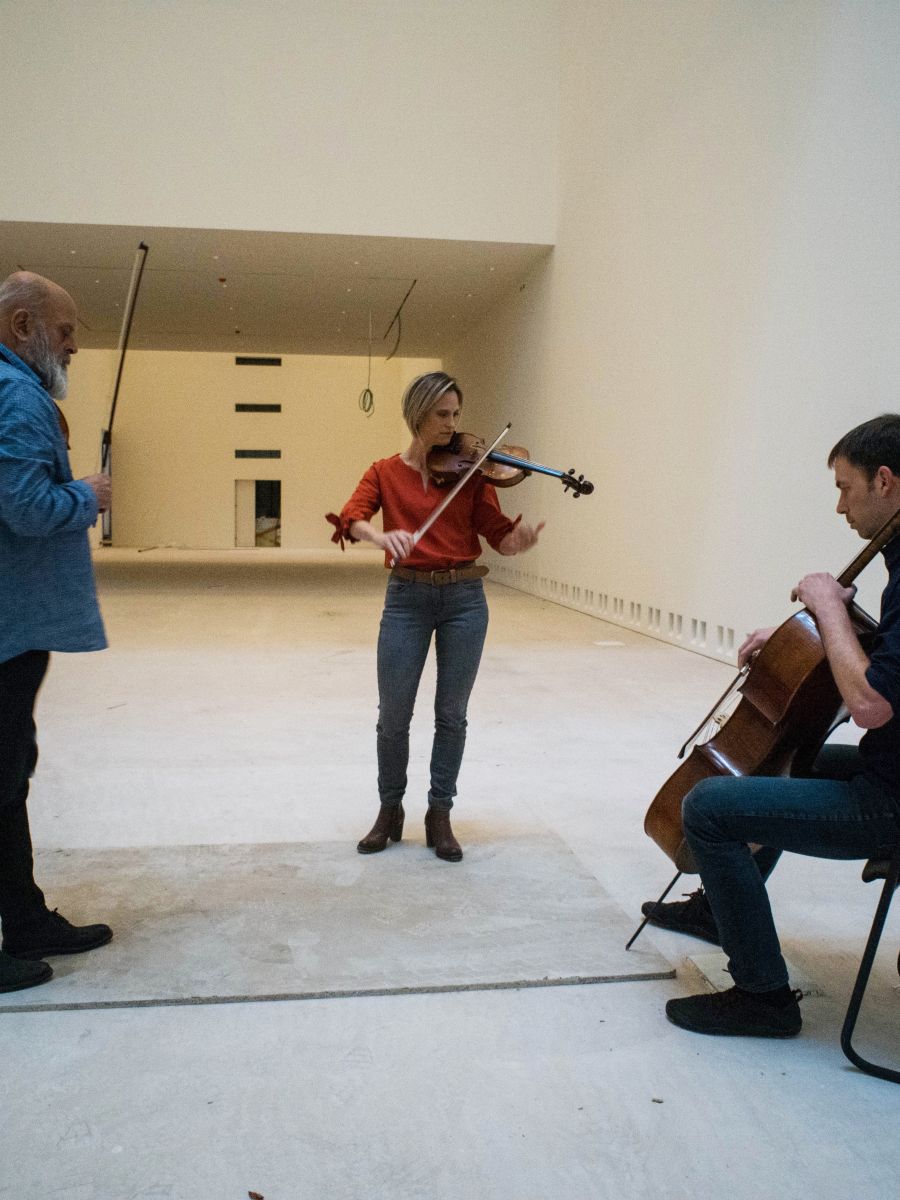Painting with timbre

That Artist in Residence Robin Verheyen (1983) is one of the world’s leading jazz saxophonists is clear from the company he keeps, which includes heavyweights like Gary Peacock, Marc Copland, Drew Gress and Toots Thielemans. Originally from Turnhout, Verheyen has lived and worked since 2006 in New York, where he has founded various bands and quartets. Manfred Sellink – KMSKA director and devoted jazz fan – talked to him for the winter issue of our museum magazine ZAAL Z.
By Patrick De Rynck
Did art and the museums that go with it mean anything to the young Robin Verheyen?
Robin Verheyen: "Definitely. I think it’s safe to admit now that I once bunked off school for a day as a teenager to go to the Museum of Fine Arts in Antwerp. I’ve always been inspired by art, certainly since my time as a student in Antwerp at the art academy. After that I went to the Lemmensinstituut in Leuven. I also remember visiting Italy with my parents and going to the big museums, in Florence for example. That was always very inspiring. These days, I make a habit of visiting MoMA and other museums in New York to discover new things for my work as a composer and saxophonist."
Cello + Sax = ?
Where you surprised when we invited you to become an Artist in Residence?
Verheyen: "First and foremost I was honoured: it was inspiring to be able to immerse myself in a different art form. It’s not often that you get chance to take the time for something like that. I’ve had the opportunity to concentrate on this one painting and the period in which it was made. It’s led me to discover lots of new things, including the music of that era, which I can now bring to my own compositions."

Jean Fouquet - Madonna Surrounded by Seraphim and Cherubim
What made you choose Fouquet’s Madonna for your new composition?
Verheyen: "The painting appealed to me straight away: its colours in the first instance. And there’s a warmth in the image of a mother and child. You sense the passion in it too: there’s a lot going on below the surface. Those contrasts called out to be transposed into music. Colour has always been important to me, in music as well. When we’re improvising with a group, I'm not necessarily thinking about the notes I’m playing but the colour I’m going to lay over them. The same when I’m composing: I often think about which colour I want to apply using a particular instrument and a particular group of notes. To me, colour and music are strongly related. It’s no coincidence that one of my first albums was called Painting Space. You use colour in music and in painting to create space. And illusions of space. I try to achieve the same thing in the music I make, in this case for a string trio, piano and saxophone: what kind of colour will I get if I combine cello with tenor sax? What kind of feeling will that create? That’s how my broader way of thinking as a composer developed, for which painting and sculpture are partly responsible."
I absorbed Fouquet. I could see each angel right in front of me.
By ear
Your collaboration with the Goeyvaerts Trio seems surprising to an outsider. They’re known for their modern classical repertoire, inspired by their namesake, the composer Karel Goeyvaerts.
Verheyen: "I was already a fan of theirs and had seen several of their concerts. The first time was at the Passages festival in Sint-Niklaas, to which they had invited me. They were recently in New York as well, where they perform from time to time, including a show at the Guggenheim. Karel Goeyvaerts is an inspiration for me too. I got to know his work from hearing it played at the Lemmensinstituut. I studied his compositions at the time and was recently inspired by Une nuit à Montecarlo, a work for a chamber music ensemble. So I have an affinity for Goeyvaerts: his music has become part of my language, as you can hear in the new work."

The Goeyvaerts String Trio - Photo: Marc Lamote
And then there is the pianist Marc Copland, who’s a regular partner.
Verheyen: "He’s a wonderful example of a pianist who plays in colours and creates atmospheres. I’ve always been drawn to his harmonies. He’s a sprightly seventy-something now, so he’s also hugely experienced. Marc has played with tons of jazz greats, but he has also immersed himself in classical composers. You can hear that in his playing. My main challenge here was to write in a way that would give everyone the space and freedom to add their qualities. So I didn’t fully score the work. I did for the string trio, but I left certain passages for Marc free. I just set out some guidelines. The same for myself."
One last thing: did you have Fouquet nearby while you were composing?
Verheyen: “The painting wasn’t set up on my piano, no (laughs). But it was certainly at the back of my mind. It also provided the title of the piece. It was always present. And you can fall back on the essence of a work like that when you get a bit stuck or are in need of direction. It gives you something fresh again. So I absorbed Fouquet. I could see each angel right in front of me...” (laughs).



